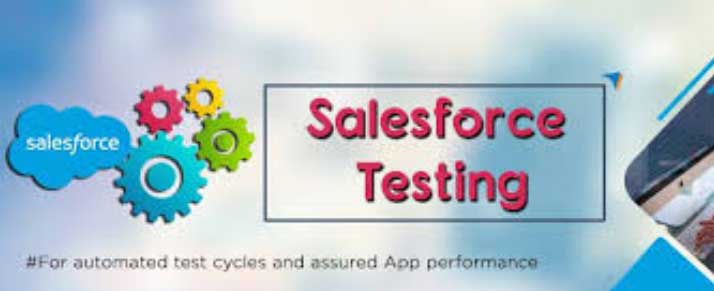Because of the frequent software upgrades from Salesforce and its partner apps and the ever-changing infrastructure and app landscape within companies, testing has become increasingly crucial in continuously improving the user experience. To give insights quickly and support expansion, testing had to automate and innovate.
Establishing and implementing intelligent testing in Salesforce leads to more engagement and shorter sales cycles, making it a digital optimization solution that we can all support. And so, there comes a huge responsibility to test effectively and efficiently. Now for that to happen, you need to keep few things in mind while testing in Salesforce:
Testers must be involved from the beginning: The test team should be a part of the project from the start. This will assist testers in becoming more comfortable with the program and also aid in the early detection of future issues and bugs at a substantially cheaper cost. According to various studies, it is shown that the average cost of fixing a bug rises with each step forward in the SDLC. Another benefit of starting the test team early in the Life Cycle is that the chance of running out of time to test is considerably decreased. This helps the testing team expand their test coverage and the types of tests they run.
Also, this gives a chance to confirm with the client about the requirements unrelated to the project goals. Significantly, these requirements are identified and clarified.
Unit Testing by Developers: Before the developers hand over the code for testing, it’s good to unit test the code. This helps ensure that mistakes are caught during the early stages of development instead of later down the line or after release, even if you have performed other quality assurance practices. In addition, this method helps with lowering costs as you will not need to spend as much time rehashing work as errors will be discovered during testing rather than after something has been built and perhaps used by others. In addition, writing code that is easy to debug and reusable lowers costs because less time will need to fix issues later on in the life cycle stages.
Walkthrough Sessions for Test Cases: The test team needs time to generate quality and increase coverage, and they should be involved early in the project. Following the preparation of the test cases, a formal walkthrough session should take place. In such a session, the author of the test cases will demonstrate them to all stakeholders, including developers. The walkthrough session will help matters by ensuring that no one misunderstands broad terminology or criteria, leading to confusion. Test cases should cover all parts of the system and business workflows without assuming anything.
Through UAT tests: User Acceptance Testing (UAT) is required before delivering software to production, and it determines whether the solution meets the requirements and is suitable for release. To achieve successful and high-quality User Acceptance Testing, users who will do actual testing should be selected. Users can create a number of profiles, each of which reflects a different component of the system. The testing team should capture and document each issue raised by users, and they should be prioritized for remediation.
Accuracy: Run tests to ensure the records are correctly shared, and there is no impact on the overall Organization-Wide Defaults visibility of the records if manual sharing is required.







